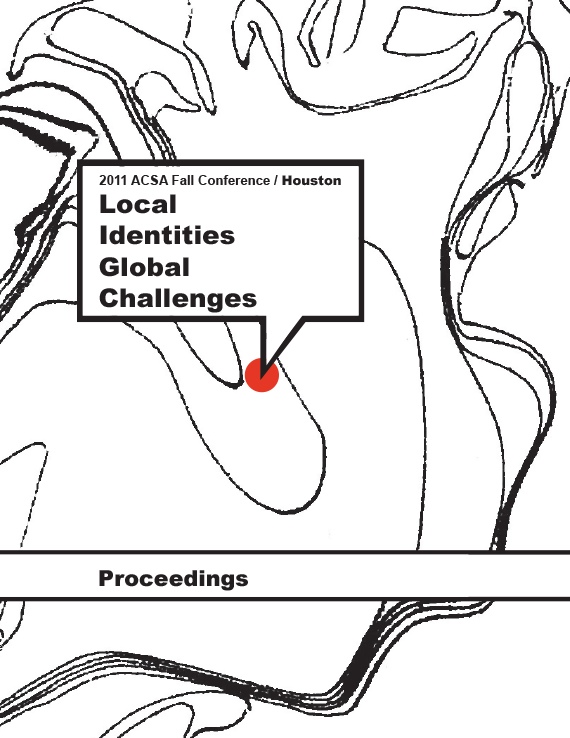Author(s): Mohammad Gharipour
Throughout various historic periods, the progress of Islamic architecture has been tied to the evolution of cultural values, cultural and economic context, science and technology, and the progress of the society as a whole. In addition to the dynamics of sociopolitical contexts, contemporary architecture of this region has faced the challenge of finding an individual character that combines the heritage of historical building traditions, along with the expression for a modern society. This evolution includes the creation of new building types, the use of new building technologies and materials, and the dialogue of revival of Islamic building traditions suitable to the demands of growing industries and urban infrastructure. In contemporary Islamic world, architecture and construction are complex and diverse entities in which architects constantly seek out new styles. The recent growth of the Middle Eastern economy, commercialism, consumerism, and capitalism has made this region a perfect place for architects to test their creativity. In such a chaotic environment, which has been heavily influenced by western trends, some architects react arrogantly to the contextual issues in an attempt to define their own professional identities. The challenge for the entire region continues to be the one of achieving a distinctive identity in architectural expression and function, between cultural and environmental sensibilities, utilizing technological progress, and embracing the rapid globalization of the twenty-first century. Recent sociopolitical and cultural movements in the Islamic world have moved this region into an age of complexity and contradiction. As a result, contemporary architecture is no longer a monotonous, universal, or homogenous phenomenon. In this age of pluralism and global capitalism, Islamic architecture has become a tremendously diverse entity which cannot, by any means, be generalized. While architects in this region do not seem to be motivated by universal labels anymore, and the question of style as a set of predetermined icons and features feels outdated, the retention of identity does remain a major concern. In the last fifty years, many local architects have remained sensitive to contextual issues by responding to traditional and vernacular building traditions and applying them to present-day technological capabilities, functional demands, and social contexts. These architects have experimented and examined different trends to address and address local identity in architectural projects. Some architects have attempted to reinterpret and reinvent regional, local, or authentic elements and concepts in their design. This paper aims to categorize and analyze contemporary trends in response to local or regional identities by analyzing case studies from North Africa and the Middle East.
Volume Editors
Ikhlas Sabouni & Jorge Vanegas

 Study Architecture
Study Architecture  ProPEL
ProPEL 
